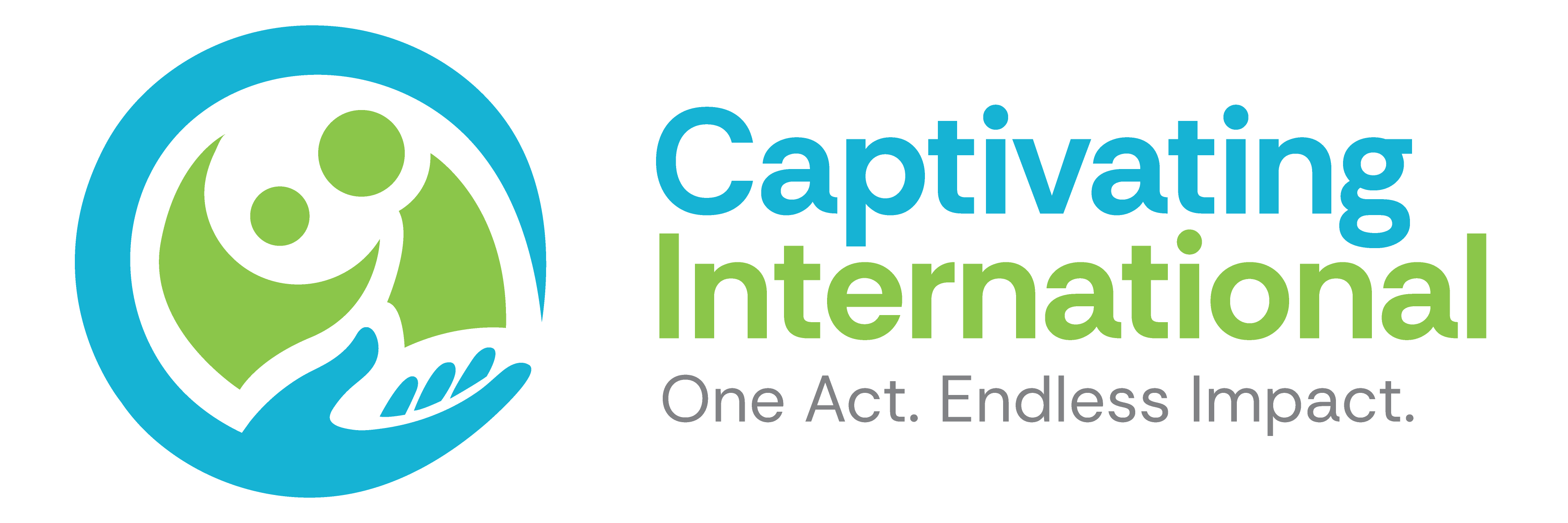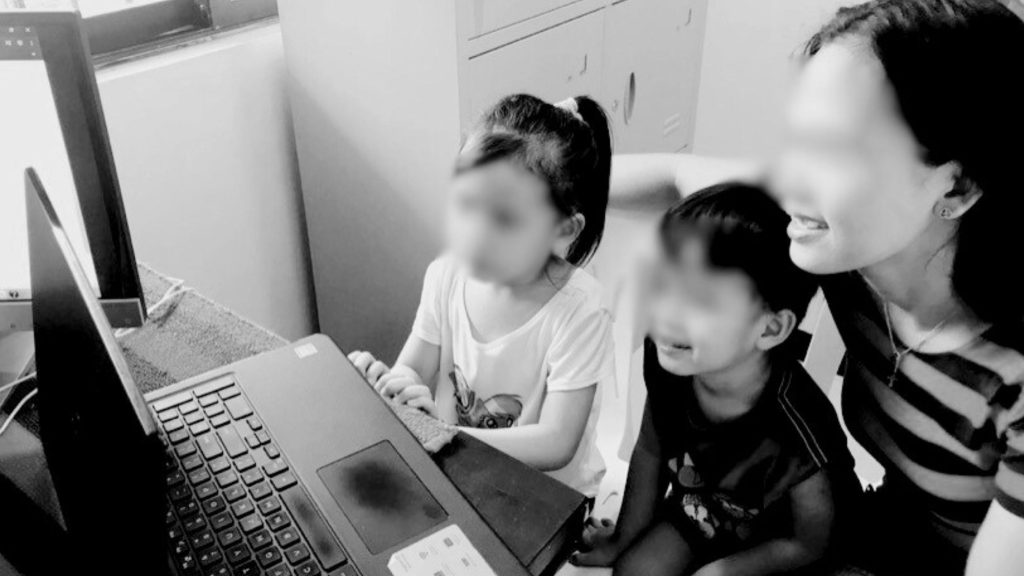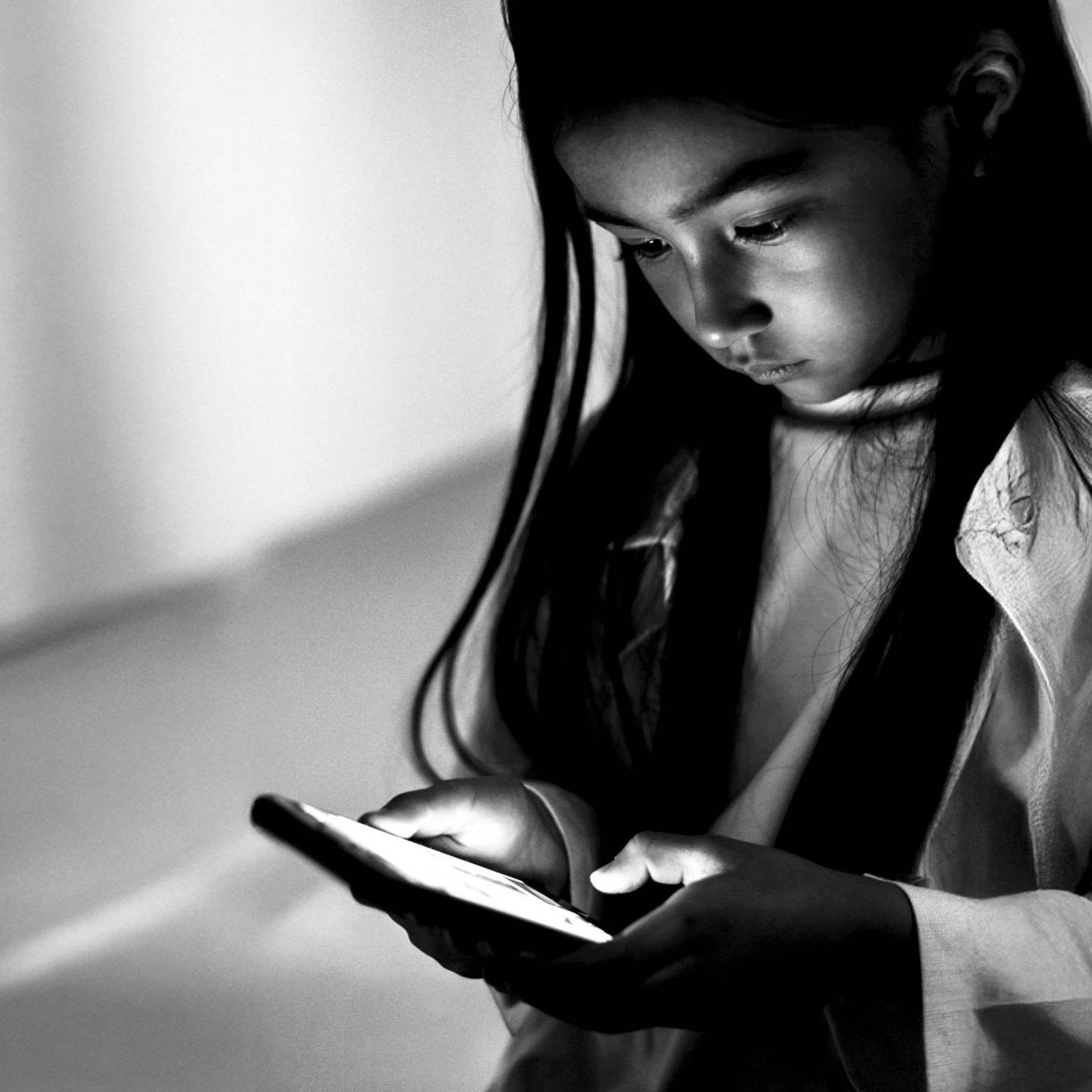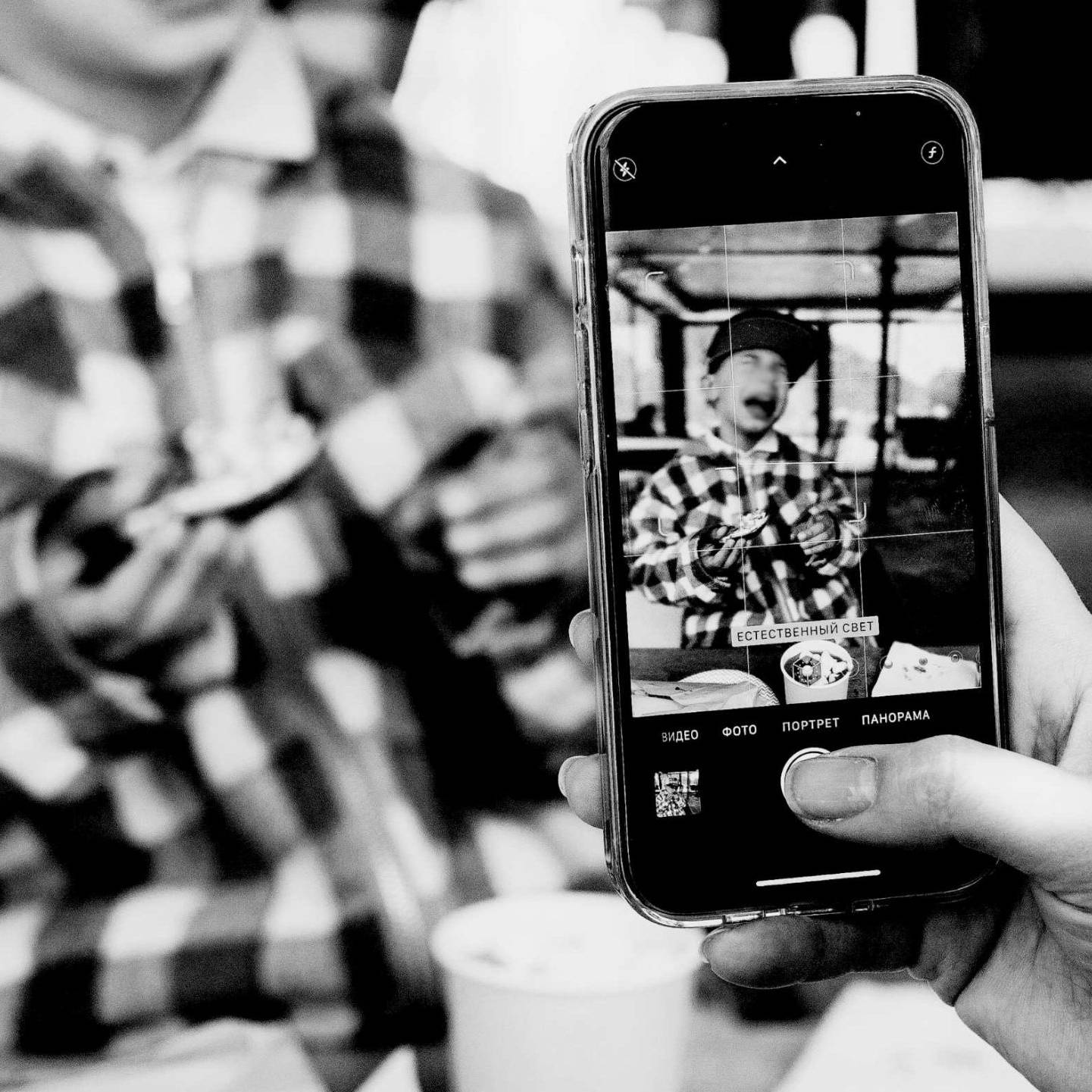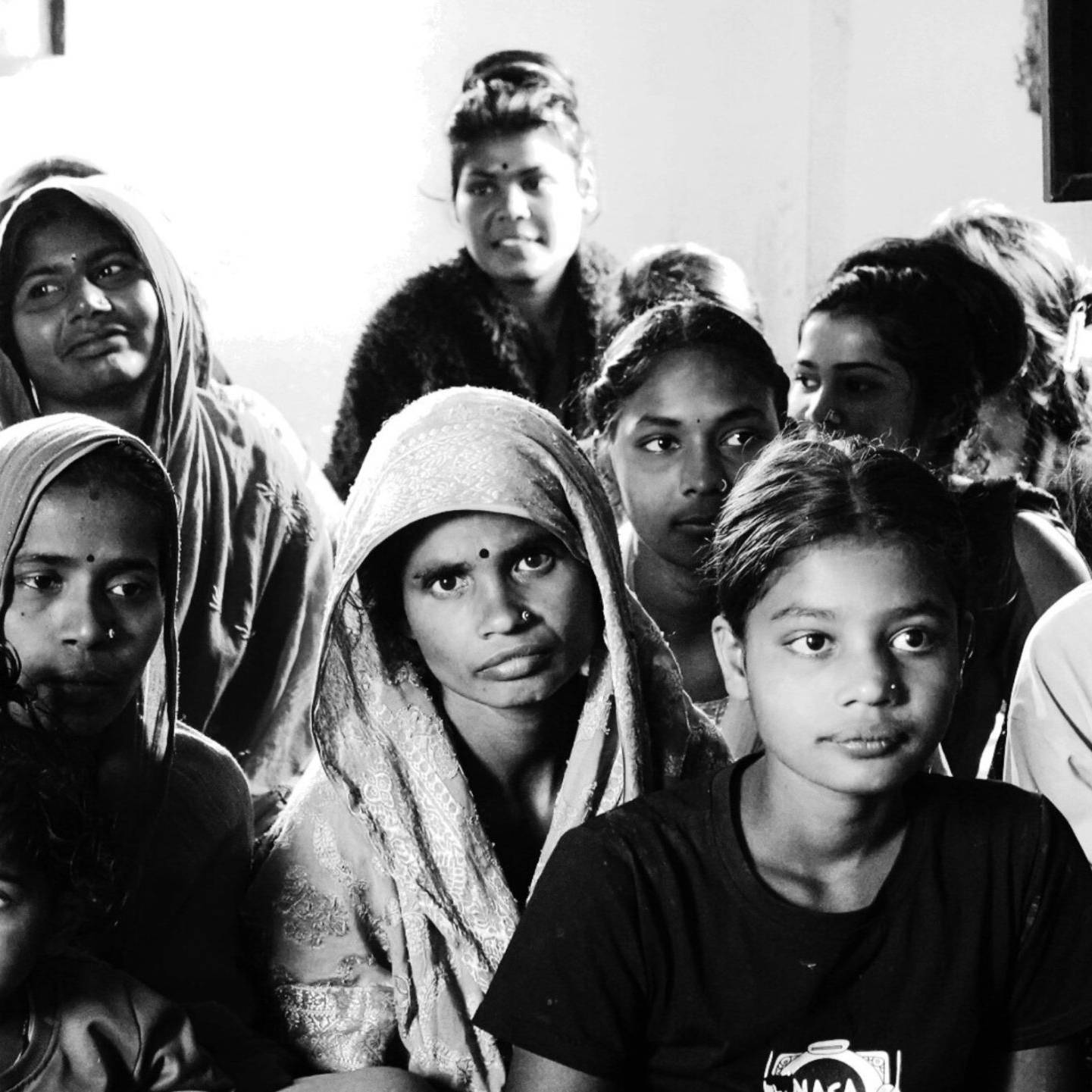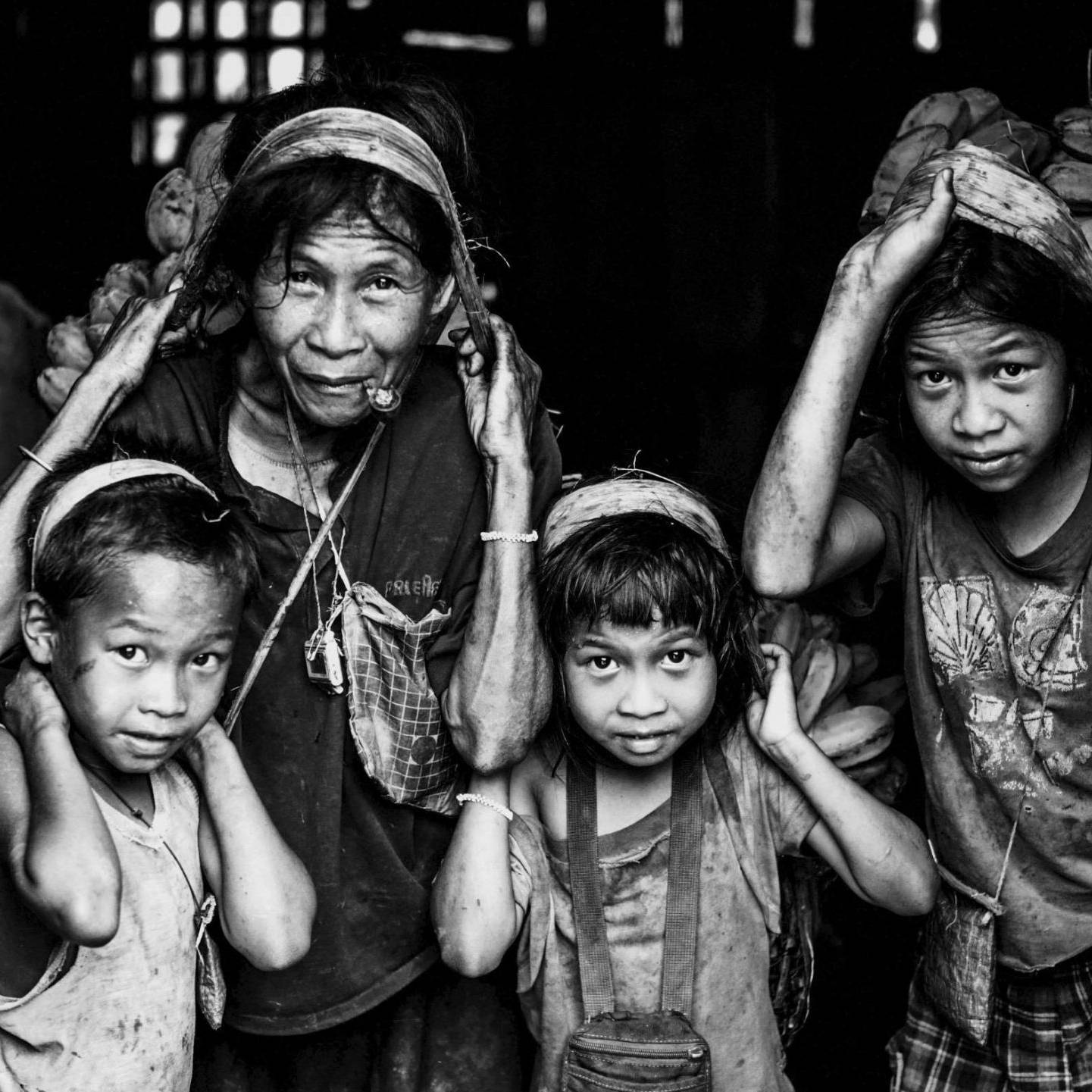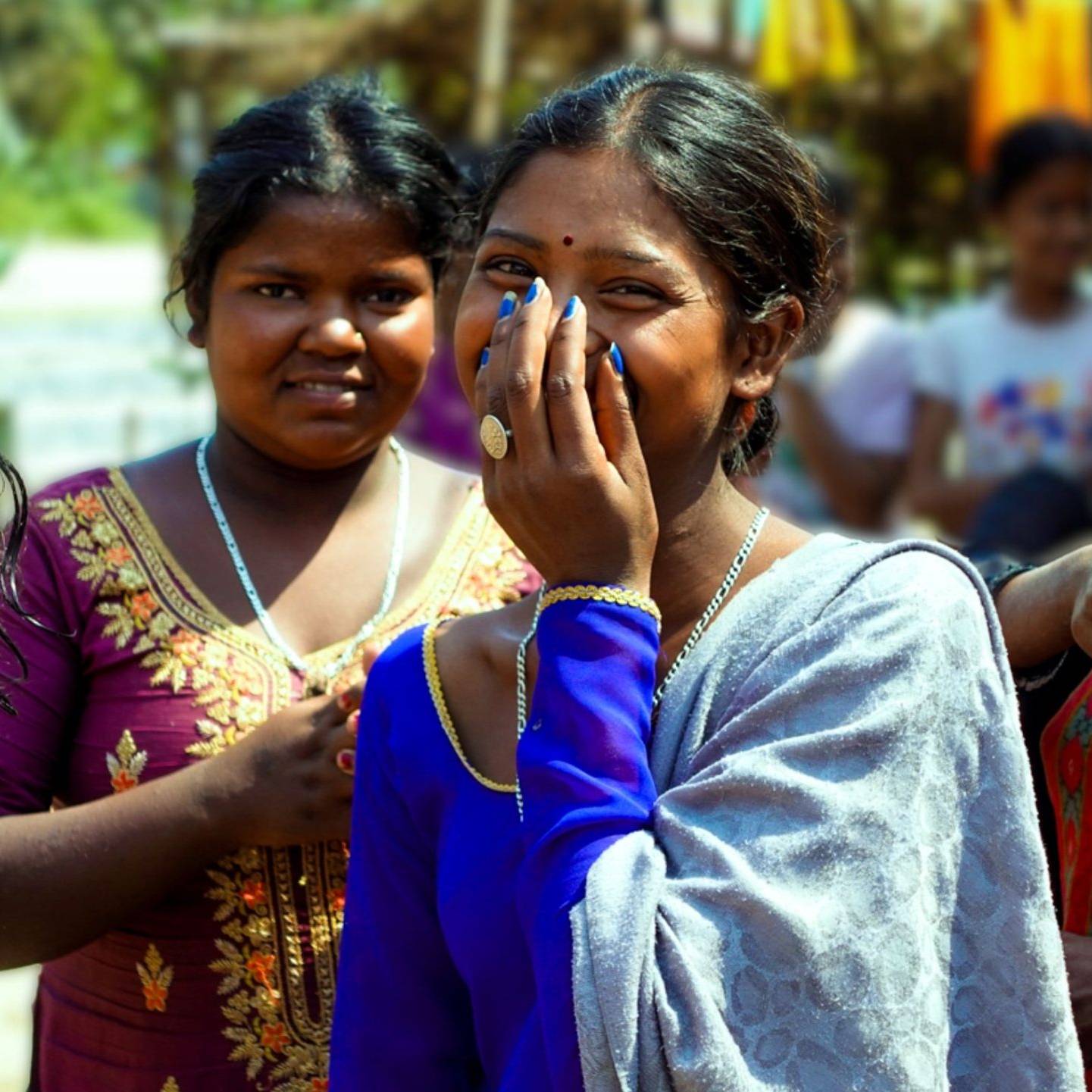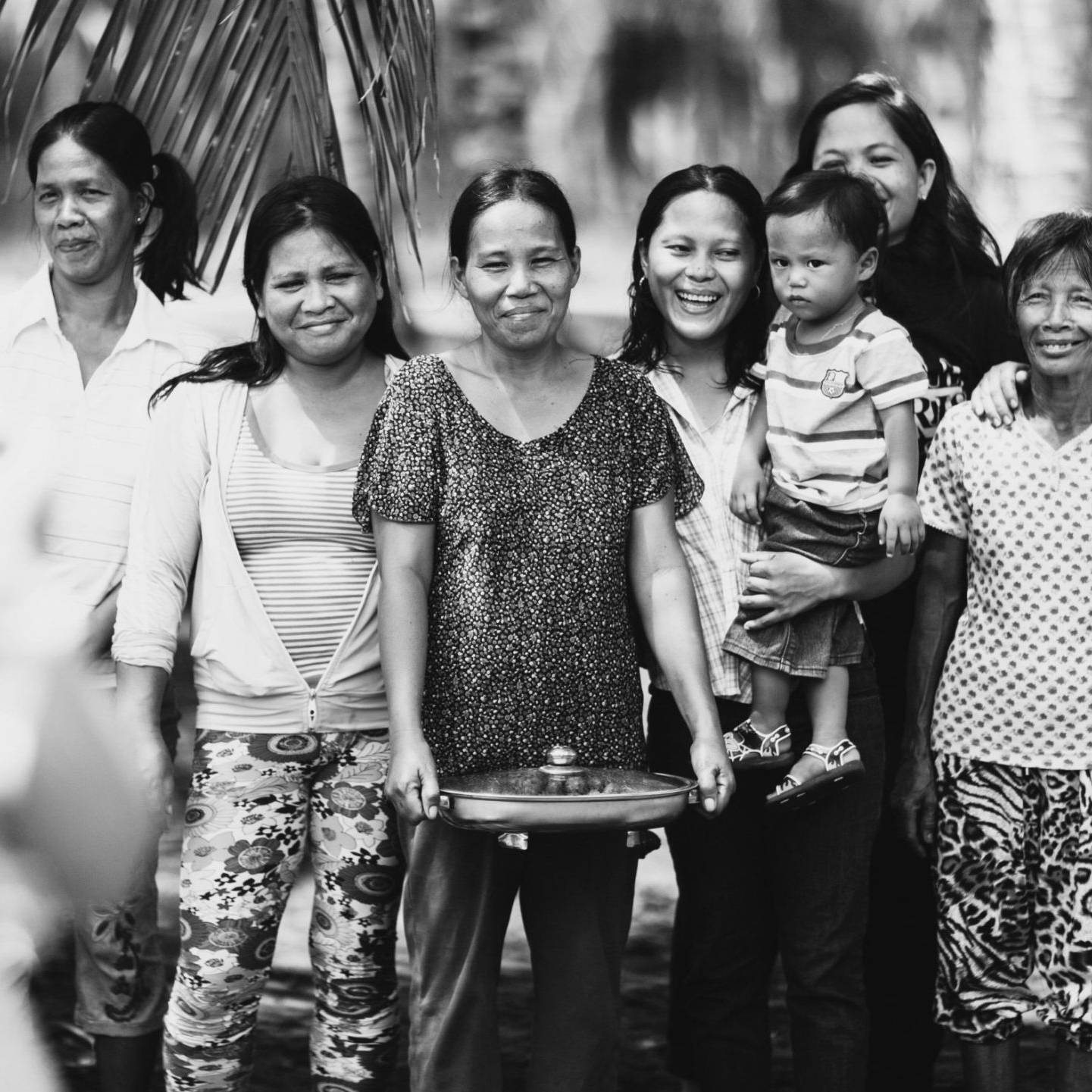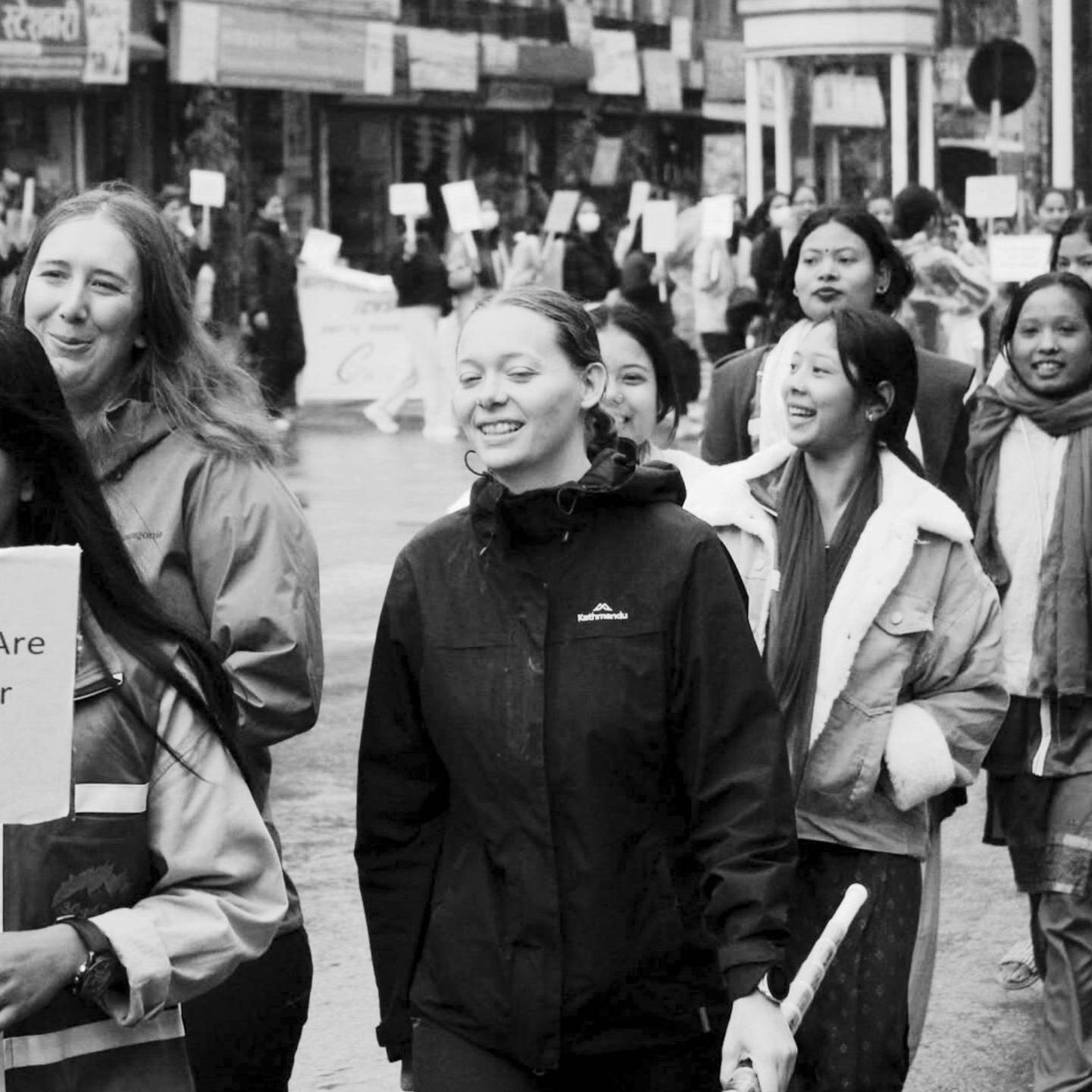Prostitution is a common industry in impoverished countries like the Philippines. But prostitution of able-bodied, legal-aged women isn’t the only prevalent actor nowadays. Innocent children (including infants and toddlers) are also forced to participate in this industry by their older perpetrators.
Due to digital advancements, pedophiles and perverts are demanding child-based content from traffickers. A 2022 statistic from the International Justice Mission’s (IJM) Scale of Harm report shows a sickening number of almost 500,000 Filipino children who were forced to create child sexual exploitation material for profit.
Whether you want to help stop this abuse towards children or simply want to know more, this article will help provide you with information about what you need to know about OSAEC. Hopefully, you can help spread awareness to stop child exploitation.
What is OSAEC?
OSAEC stands for Online Sexual Abuse or Exploitation of Children and is defined by the United Nations Office on Drugs and Crime as “the use of Information and Communications Technology (ICT) as a means to abuse and/or exploit children sexually, which includes cases in which offline child abuse and/or exploitation is combined with an online component.”
OSAEC is often used interchangeably with OCSEA, which stands for Online Child Sexual Exploitation or Abuse. So when you encounter these terms next time, don’t be confused.
It encompasses several criminal offenses, including:
- Production or dissemination of Child Sexual Abuse Material (CSAM)
- Online grooming of minors for sexual purposes
- Sexual extortion of children
- Sharing photos of sexual abuse
- Commercialized sexual exploitation of children
- Online prostitution
- Live streaming of sexual abuse
Who are involved in OSAEC?
According to the International Justice Mission’s (IJM) report, there are three key actors for OSAEC to take place:
- The Buyer
Buyers are typically males aged 40-72 years old. 34% are from the US, 25% are from Sweden, and 18% are from Australia. - The Facilitator
Most facilitators/traffickers are Filipino, with only 4% as foreign nationals. They are below the poverty line and are desperate for extra cash. 66% of them are female and have a median age of 27, with a range of 15-76 years old.The reality of this crime is much more sinister than it looks because the facilitator/traffickers of these children are sometimes a relative of a close family member. Of 285 victims, 41% of the facilitators were biological parents, and 42% were relatives. - The Child Victim
Eleven years old is the median age for a child victim, with the youngest victim less than one year old. It’s difficult to imagine how children this young can be subjected to sexual exploitation before they are even fully conscious about the world around them
The buyers pay the facilitators as little as USD 25 for various child content. To the traffickers, it seems “harmless” as long as the buyers won’t touch these children. But can you really put a price on one’s innocence?
Why are Filipino children vulnerable to OSAEC?
OSAEC is not a problem exclusive to the Philippines. Children from other parts of the world, like Mexico, Brazil, India, Thailand, Romania, and Cambodia, are also at risk. However, the Philippines ranks highest with eight times more OSAEC referrals than its counterparts. Here are some of the reasons why:
Fluency
Many Filipinos are fluent in English, making transactions between facilitators and foreign buyers easier.
Easy Money
Since most traffickers are below the poverty line, a lot of them see it as an easy way to earn money. Hence, many Filipino adults are willing to sell CSAMs.
Unsupervised Internet Use
Children have very easy internet access, and many are left at home to use the internet unsupervised. Their parents go to work every day, and some work overseas.
Cultural taboos
The Philippines is a conservative country where sex, let alone sexual abuse, is not openly discussed at home or in schools. Until now, there has been a heated debate about whether sex education should be taught in schools or not. So, even the Philippines’ K-12 school curriculum does not cover protective measures against OSAEC.
Because of all these reasons, it is more difficult to know about the lasting impact of OSAEC on children, further delaying solutions that may work to end this cycle of abuse sustainably.
Response
In July 30, 2022, The Philippine government made some attempts to respond to this crisis through Republic Act No. 11930, more commonly known as the Anti-OSAEC and CSAEM act. The primary author of the law, Senator Risa Hontiveros, says, “We can proudly proclaim that we have crafted a holistic legislation that assigns responsibility to every sector – from law enforcement to the private sector. This modern law and its corresponding IRR directly tackle the complexities of our modern world.”
The implementing rules and regulations include prevention efforts such as age verification protocols. Perpetrators will undergo financial investigation and blacklisting—whether they commit the crimes inside or outside the Philippines. Private sectors like internet service providers are also given duties and responsibilities to be on the lookout for these crimes.
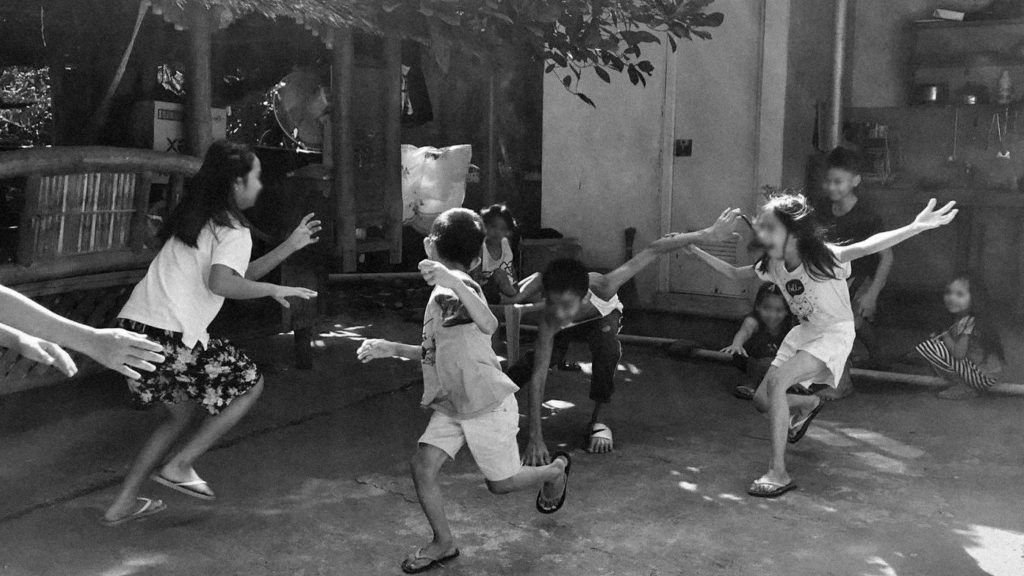
How To Help
While the Philippine government already made efforts to reduce the likelihood of this crime, the abuse of Filipino children is still rampant. Nonprofit organizations like ours advocate to stop cybersex crimes.
One of our solutions is to implement a Stop Cybersex Crime: Awareness and Education Program among ‘high-risk’ locations in the Philippines. Education is our primary strategy in our fight against OSAEC. Moreover, we aim to target impoverished single mothers by empowering them through entrepreneurship in our One Hope Microfinance Program.
You may donate through our channels if you wish to help our advocacies against OSAEC.
Learn more about what we do to stop OSAEC by learning more about our projects. Or donate to save a child today.
DID YOU KNOW?
3 October 2025
Suspicious? Here are OSAEC Red Flags To Look Out For
Online child safety matters: learn how to spot OSAEC red flags, protect kids from…
0 Comments13 Minutes
4 September 2025
“Harmless” Posting? You Could Be Risking Children’s Online Safety
Some posts can put kids at risk. Protect children from OSAEC by keeping accounts private,…
0 Comments11 Minutes
11 August 2025
Life After Human Trafficking? Survivor Stories and What They Need
Rescue is just the first step, survivors need safety, dignity, and the chance to build a…
0 Comments13 Minutes
5 August 2025
What Is Child Exploitation? Definition, Types, and How To Help.
Child exploitation takes many forms: sexual, criminal, labor, online. Learn the signs and…
0 Comments9 Minutes
11 June 2025
Simply Captivating: Our 2024 Impact Report
In 2024, your support directly impacted 12,000+ lives across Nepal, China & the…
0 Comments10 Minutes
8 March 2025
Happy Women’s Day! Now What?
International Women’s Day is more than a day—it’s a movement for equality. Let’s educate,…
0 Comments11 Minutes
5 January 2025
What is Human Trafficking? Definition, Types, and How to Help
Human trafficking arises from layers of oppression like poverty, gender bias, and…
0 Comments8 Minutes
